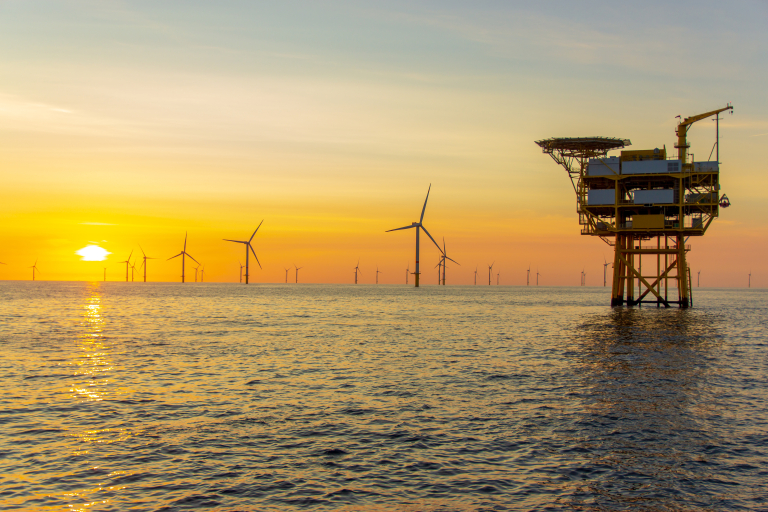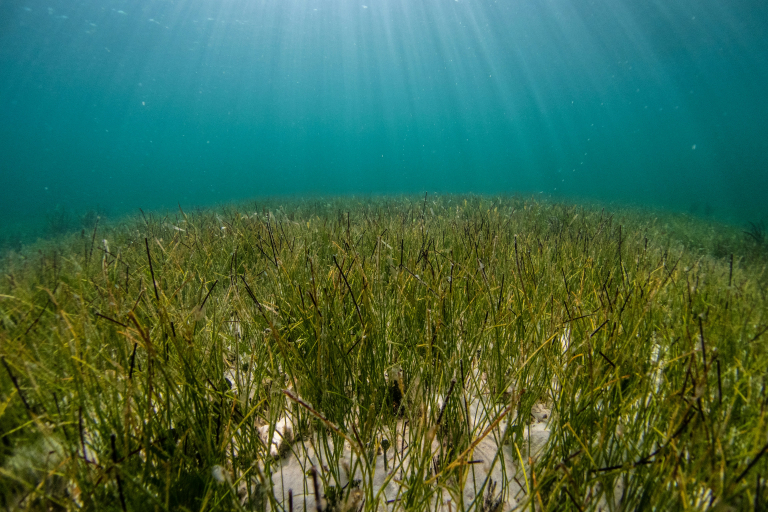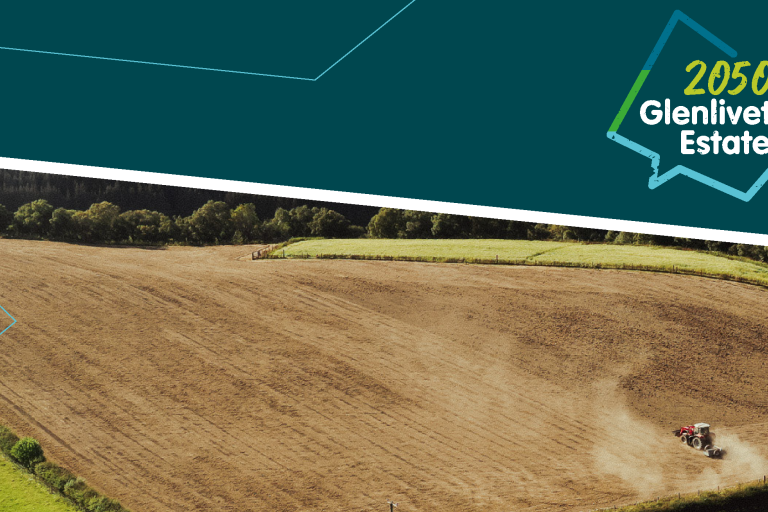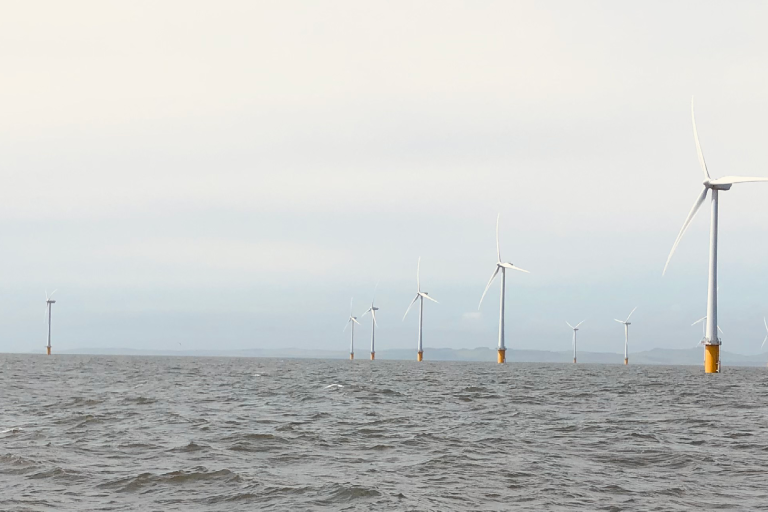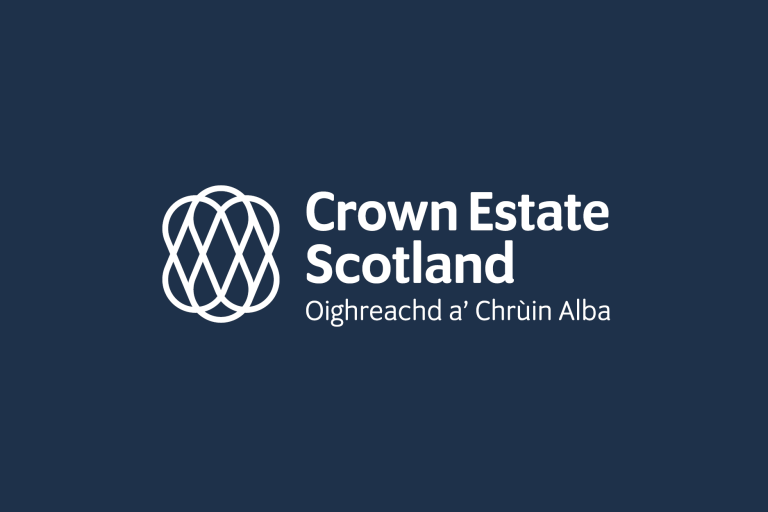Request
I was wondering if you could explain to me, following the information you provided re: levies on salmon farms, the variance between two data points.
In the attached document (Doc A) from Crown Estate it shows revenues paid by Scottish Sea Farms as apprx £1m, based on 2017 production.
In this article and in SSF Ltd parent group report, 31,000 tonnes is stated as total harvest for 2017.
https://salmonbusiness.com/how-much-was-salmars-ceo-paid-in-2018/
http://hugin.info/138695/R/2242726/885263.pdf
In Document B (attached), again provided by Crown estate, the levy structure is outlined, where £27.50 per tonne of HOG weight of fish is charged.
A simple division of £27.50 into the levy collected from SSF ltd of £1,006,829 produces a total of 36,611 tonnes for 2017. Adjust for viscera, guts and head etc at 15% and it produces an annual harvest of 43,071 tonnes.
That is quite a variance from the harvest stated by the group company of 31,000 tonnes from 2017.
Can you provide any additional guidance as to the data the Crown Estate based its levy on, to help me explain the variance?
Response
The total revenue paid by Scottish Sea Farms (SSF) to Crown Estate Scotland (CES) referred to would be based on the following
- The reported gutted head-on weight of fish harvested between Jan and Dec 2017–charged at either £27.50 per tonne or at a 10% discount of this charge if the fish were harvested from leased sites in the outer isles, as referenced in the documents supplied. SSF have sites on the mainland, Orkney and Shetland so both charges would apply depending on just where harvests were undertaken in2017
- Sites where there was no harvest during 2017 would be subject to the vacant rent referred to, as referenced in the documents supplied. Where no production takes place for an extended period exceeding 4 years the vacant rent is subject to an escalator where it doubles for each subsequent two year period of no harvested production. SSF will have sites subject vacant rents since salmon production cycles extend over two years and therefore any one year of that cycle will not generally yield a harvest, given that all salmon production in Scotland is on a single generation site stocking basis. Some of these may be escalated due to extended non-use.
Therefore, the SSSF revenue to CES for 2017 will be the sum of harvested tonnage levy (mainland and discounted outer isle rates), and vacant rents – based on production returns for all leases held by the company. We cannot comment on the origins or veracity of information on SSF production supplied from other sources

